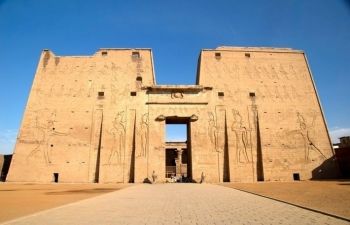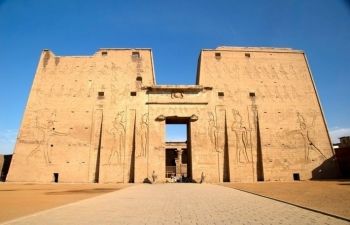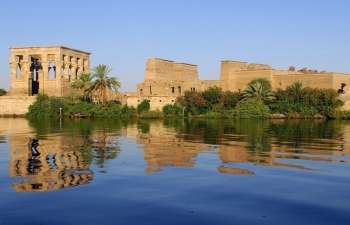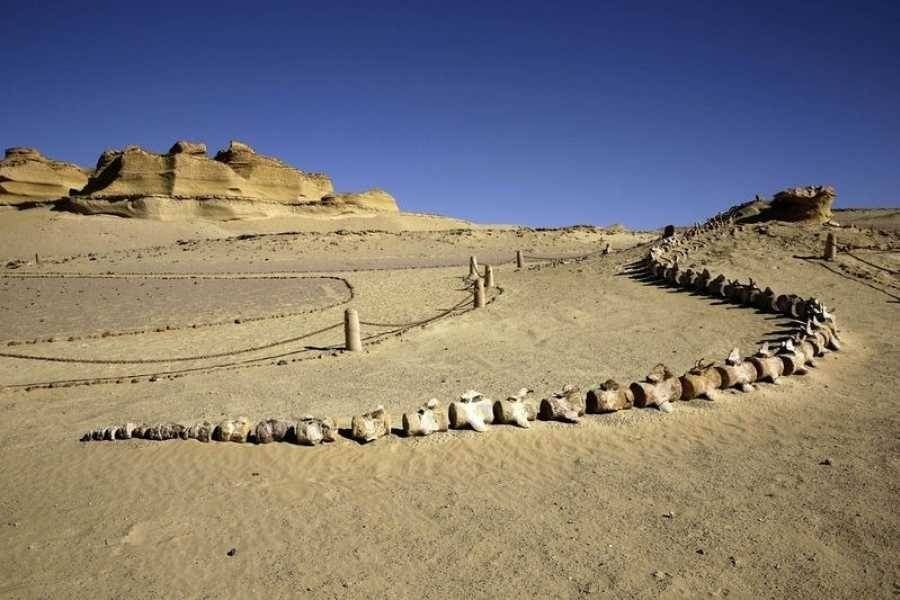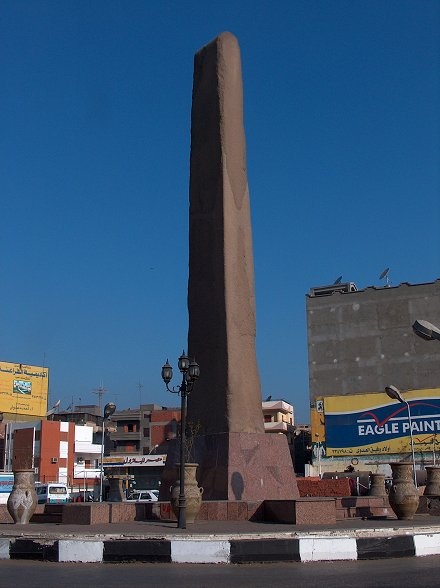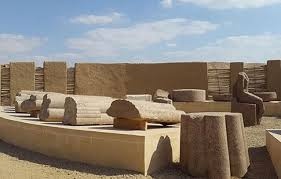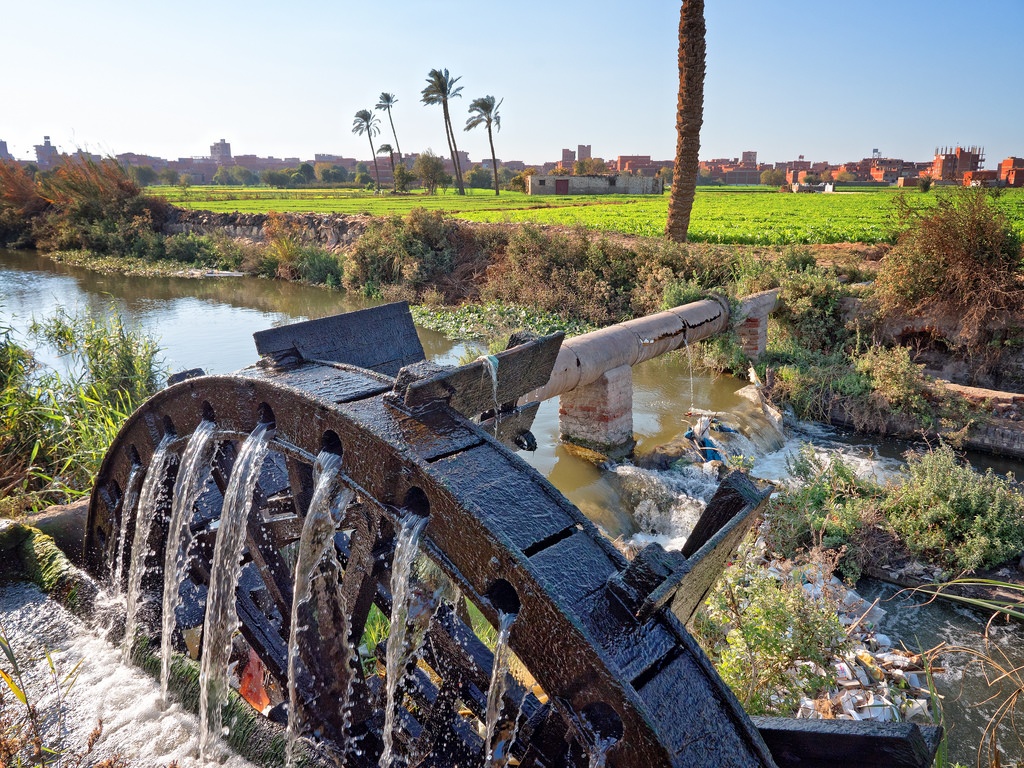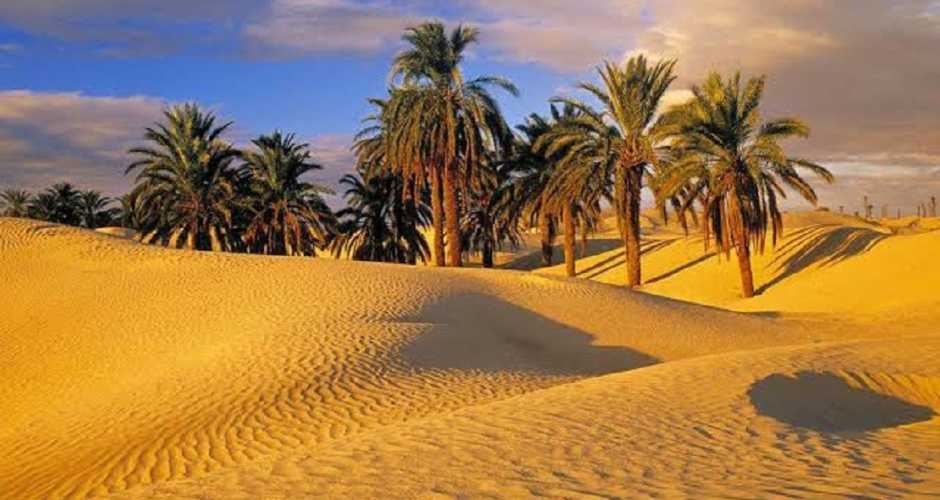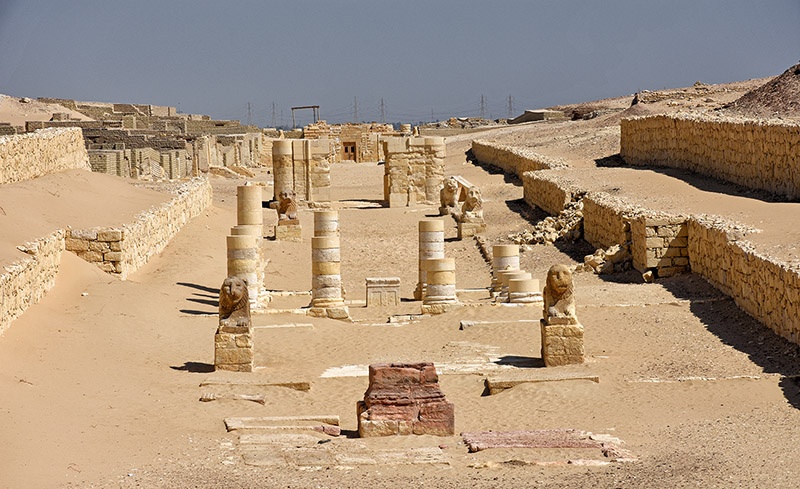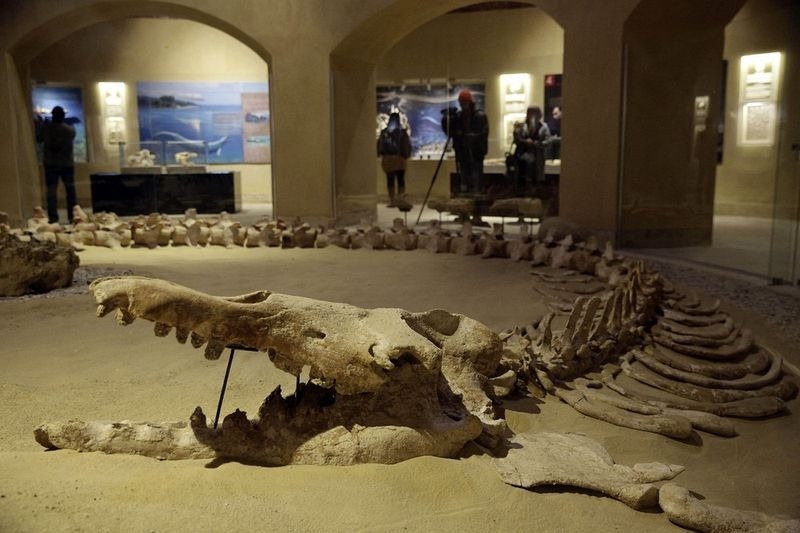Wadi Al Hitan
Wadi Al Hitan, walvisvallei is mooier dan de witte woestijn. In deze Wadi bevind je je aan de zuidelijke oever van de oude Tethyszee. De vallei is vernoemd naar de walvissen die bekend staan als zeuglodon, Basilosaurus, wat de koning der reptielen betekent.
Wadi Al Hitan
Wadi Al Hitan
, whale valley is more beautiful than the white desert. In this Wadi, You are at the southern shore of the ancient Tethys Sea,The valley is named after the whales known as zeuglodon,Basilosaurus, which means the King of Reptiles.is an old mistake, as zeuglodon is not a reptile,but a mammal,
It averaged 20 Meters(64 feet) in Length, Had a slender, eel-shaped body, and saw-edged teeth, Just one of its fossilized vertebrae may weigh as much as 45 Pounds, It is excited in the Fayoum over forthy Million years ago
The Most amazing thing about as zeuglodon is that it had feet, Sometimes in the ancient past Mammals migrated into the sea. Some returned to the land, Other did not, As the ancestors of the modern whales entered the sea their front legs began to change into flippers and their backs elongated and their hind legs disappeared Only nubs remain on the modern whales to indicate where these hind legs were. Zeuglodon does not have nubs, ten million years after the whales entered the sea, Zeuglodon had small, Fully developed hind legs with a femur, Patella, Tibia, Fibula and four toes These legs were discovered by Philip Gingerich and the Holly Smith, a husband and wife team from the University of Michigan on an expedition to Wadi Zeuglodon in 1989 Some early conclusions are that Basilosaurus was an ( Evolutionary dead end) In the whale family and is probably not related to modern whales. But it teaches us a lot about the transition There is a second whale in the wadi zeuglodon Called( Dorudon) much smaller at 3-5 meters long. It may Prove to be the link to modern whales
